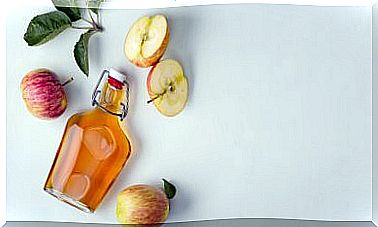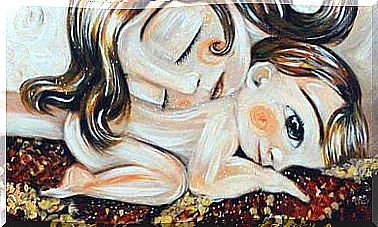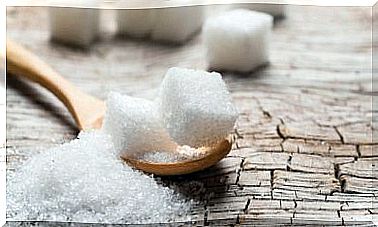Tungiasis: Symptoms And Treatment
Tungiasis is a disease closely related to poverty, as it mainly affects those who walk barefoot and live in unpaved areas with poor garbage collection.
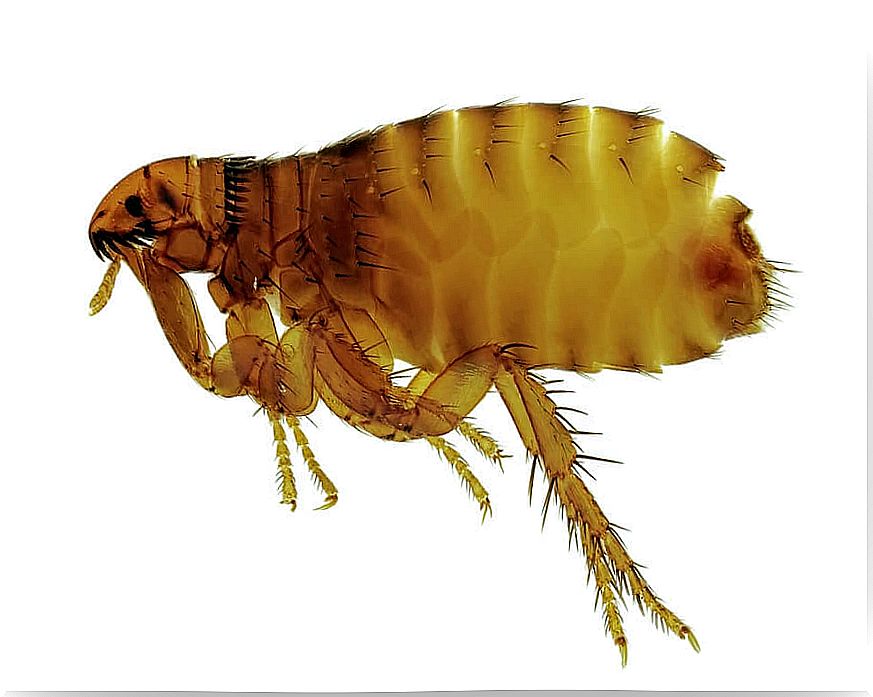
Tungiasis is a disease caused by blood-sucking fleas, that is, parasites that feed on blood. In particular by the Tunga penetrans species , although cases associated with Tunga trimamillata have also been reported .
This type of insect is colloquially known with colloquial names such as “chigger, chique, chica, chigoe”, among others.
The parasite is native to America and from there it has spread to other areas of the world. Currently, the endemic areas of this flea are Latin America, the Caribbean, sub-Saharan Africa, Madagascar, Zanzibar, the Seychelles, the west coast of India, Pakistan and Oceania.
As the scientific literature indicates, “as a consequence of immigration and increased travel to tropical destinations, the incidence of tungiasis outside endemic areas increased, which constitutes a diagnostic challenge.” Let’s see more below.
What is tungiasis?
As we have been commenting, tungiasis occurs when a flea of the aforementioned species penetrates the skin of a warm-blooded organism, such as a human being or a pet.
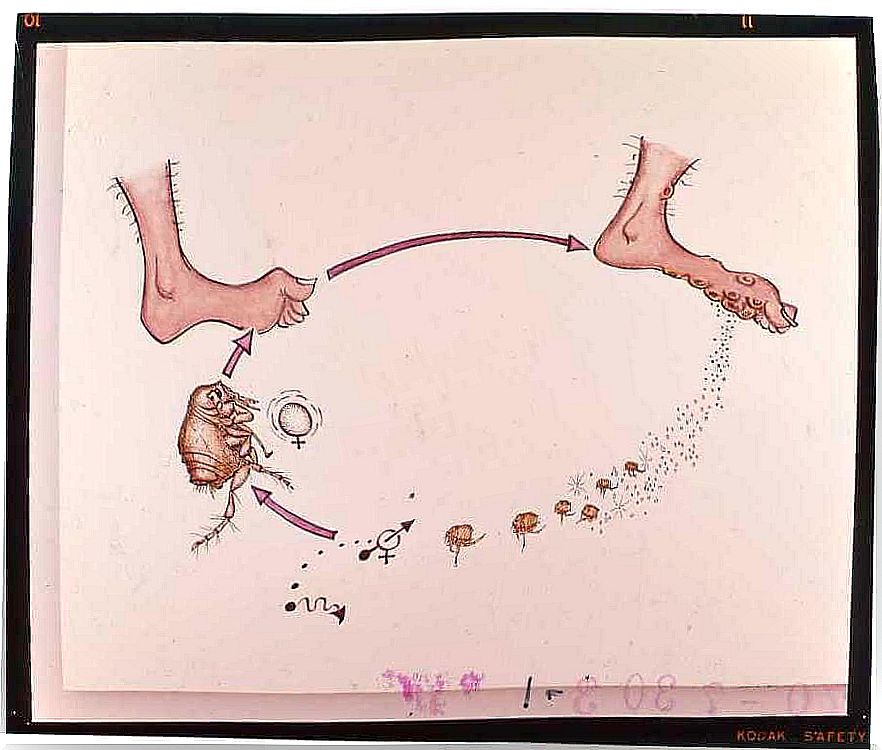
Tungiasis is a disease that develops if the female of the species, in a pregnant state, penetrates the skin. When this happens, it undergoes a hypertrophy process and generates thousands of eggs that it then expels.
It should be noted that tungiasis can affect any area of the body, but it is more common to affect the feet. This is because the flea’s preferred habitat is dry, shady, sandy soils rich in organic material. In addition to this, many people go without shoes, which makes the attack possible.
The pregnant female attaches herself to the skin through her mouth. It crosses the epidermis, until it manages to feed on the capillaries of the papillary dermis. The anal-genital opening of the parasite communicates with the surface of the skin. Through there the eggs are expelled to the outside and after between 1 and 3 weeks, the female dies.
Symptoms of the disease
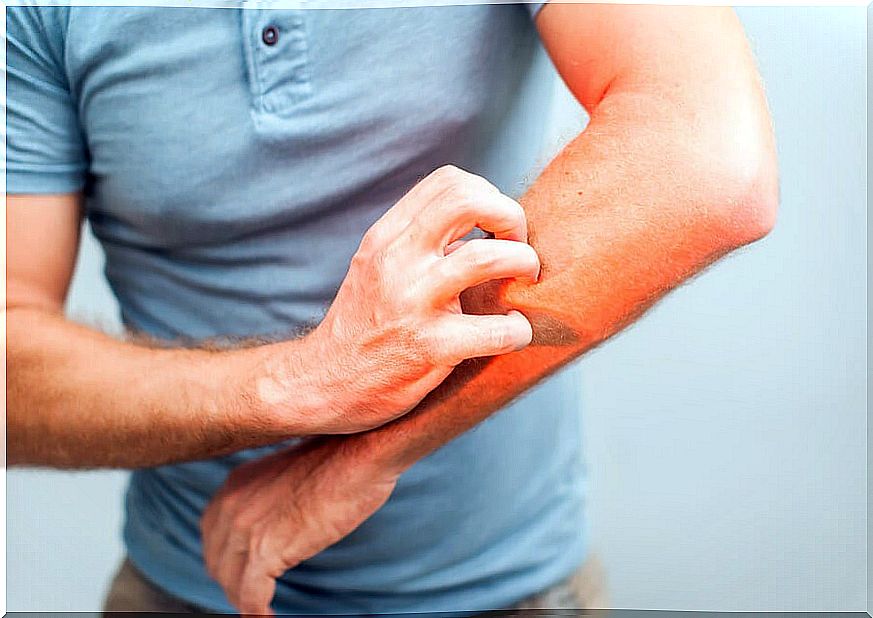
In most cases, tungiasis affects the soles of the feet, the periungual regions, and the interdigital folds. It is estimated that only between 5% and 10% of cases correspond to affectations in other areas of the body.
Intense itching is usually experienced in the affected region . Lesions can be single or multiple. Also painful or asymptomatic. In the 24 hours after penetration of the parasite, what is observed is an erythematous papule or macula. This usually begins to appear within two hours of the attack.
The lesion evolves and gives rise to whitish nodules, which have a black dot in the center. This black point is the posterior abdomen of the flea. Many times, near the lesion, a cluster of eggs is observed adhering to the skin.
Once the flea dies, the lesion is covered by a black crust. This is made up of clotted blood and debris. Then an epidermal scar appears. Sometimes the lesions are blister-like, ulcerated and warty in appearance.
How is the treatment of tungiasis?
The basic treatment for tungiasis is to perform a surgical removal of the flea. To do this, a sterile needle is used and then a saline flush is done. In some cases, the deep shaving method is used. Then a curettage with electrocoagulation is applied.
It is very important that the extraction of the parasite is done with the utmost care. In case the flea body breaks during the process, a severe inflammatory picture follows. After removal, it is advisable to apply topical antibiotics.
In some cases, thiabendazole is used to treat tungiasis. It is an oral medication that must be taken in doses of 25 mg / kg per day, for a period of 5 to 10 days. The same medication, in ointment and lotion, is used to reduce the number of injuries.
- Important note : When you want to use a home remedy, you have to take extreme precautions. Therefore, the ideal is to consult it first with the doctor.
Are there prevention methods?

The best way to avoid tungiasis is by preventing its appearance. For this, the most practical measure is the use of closed shoes and avoid lying down or sitting in the places where the flea could live.
The best strategy, in any case, is the fight against poverty, paving the roads and establishing effective garbage collection systems. Likewise, contribute to the improvement of homes that, especially, should not have dirt floors.
In the same way, education plays a fundamental role. It is necessary to train people who are exposed to the action of this parasite so that they know and prevent its penetration.
